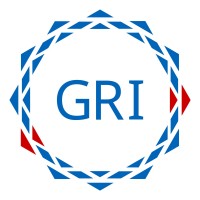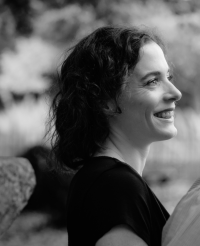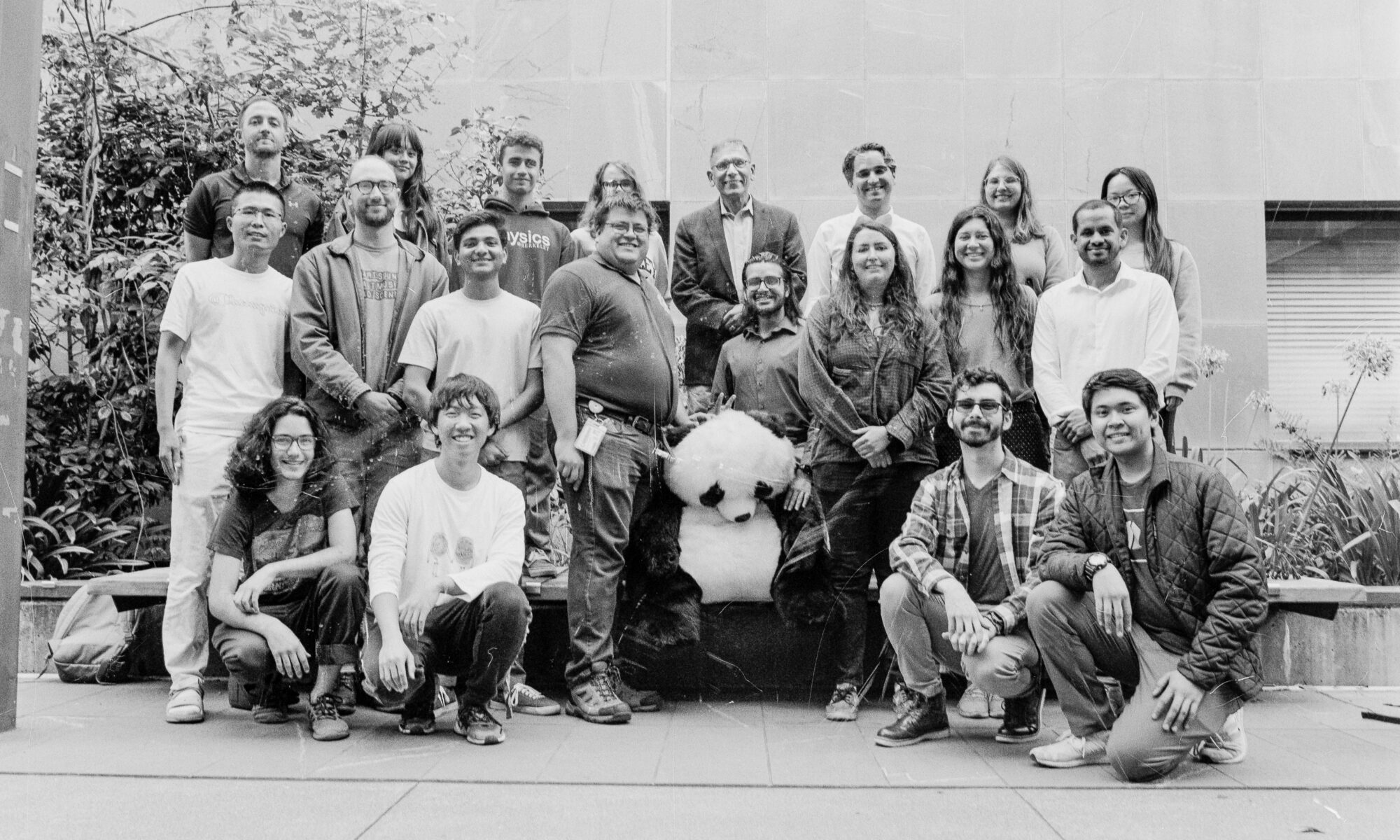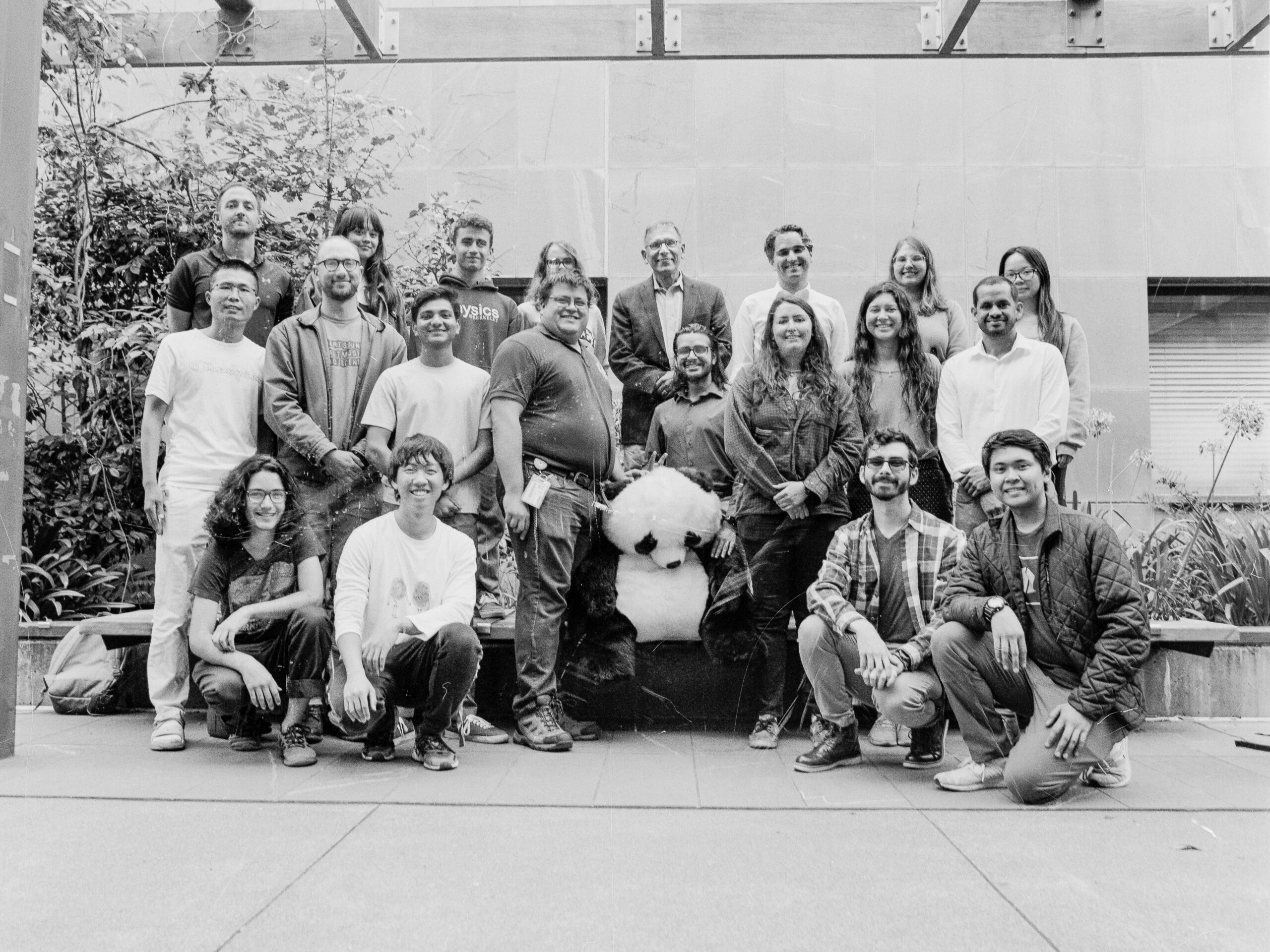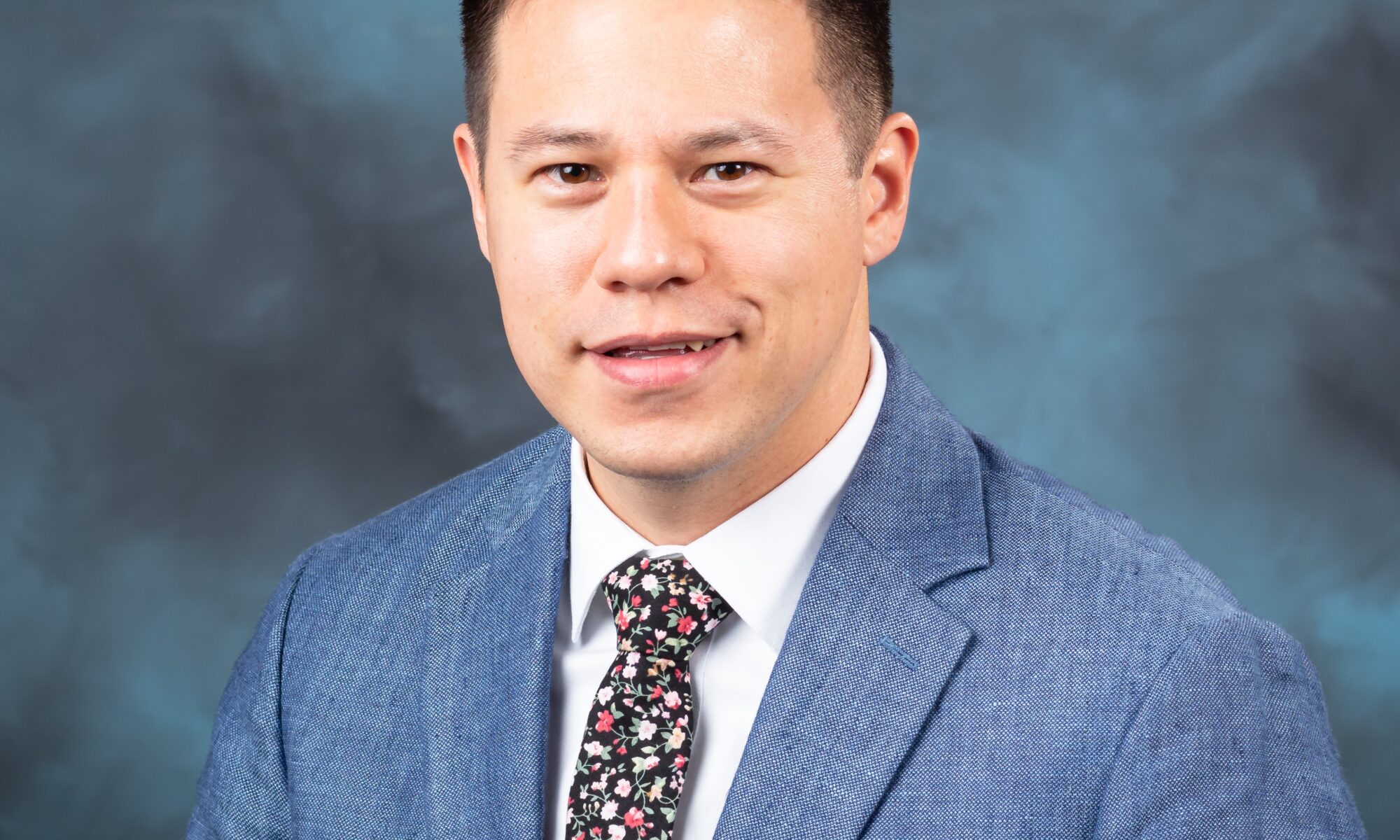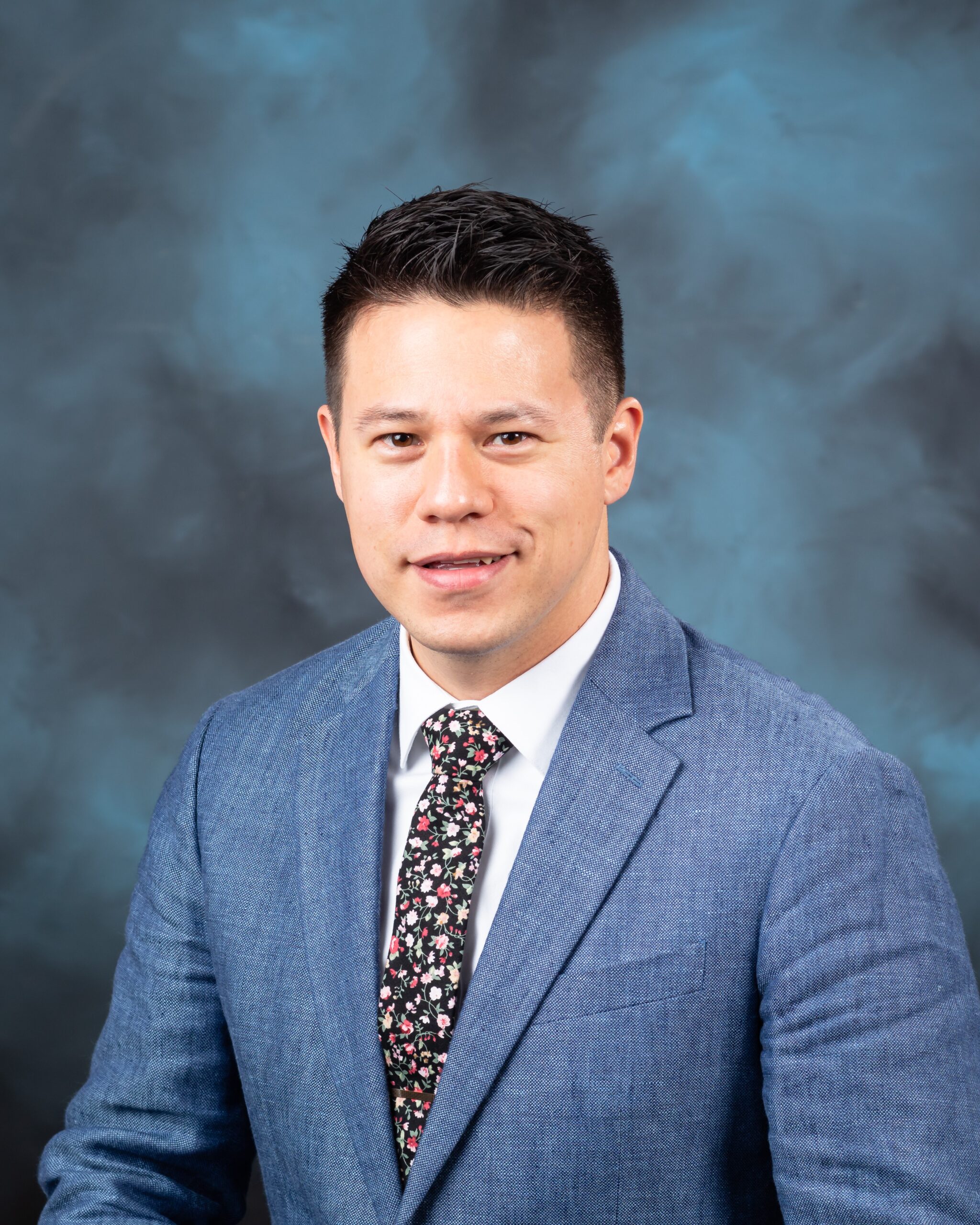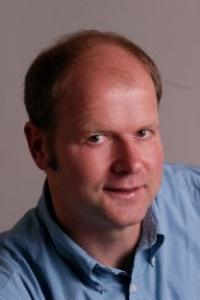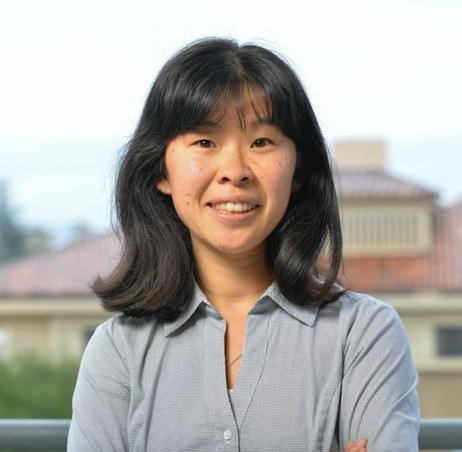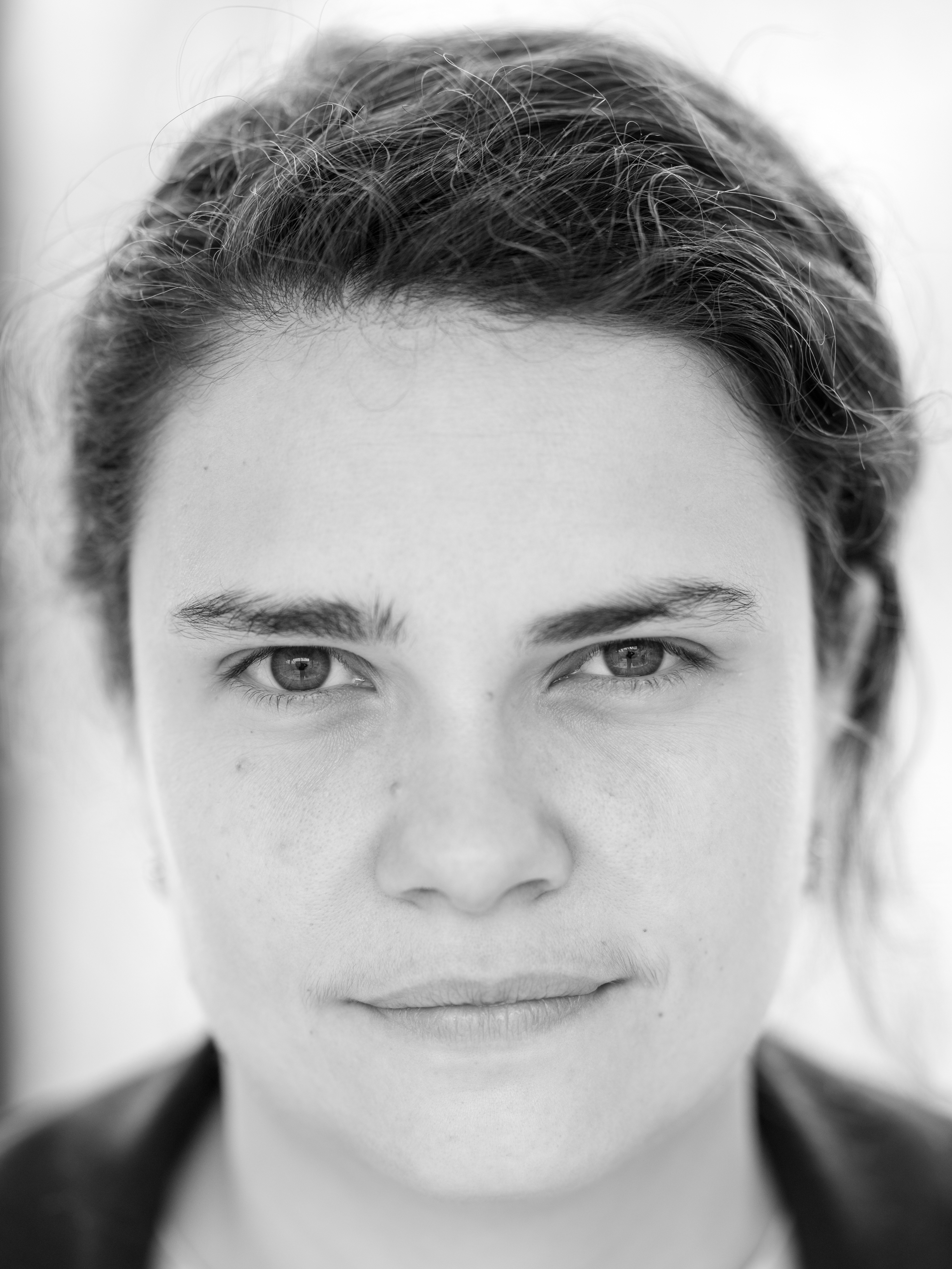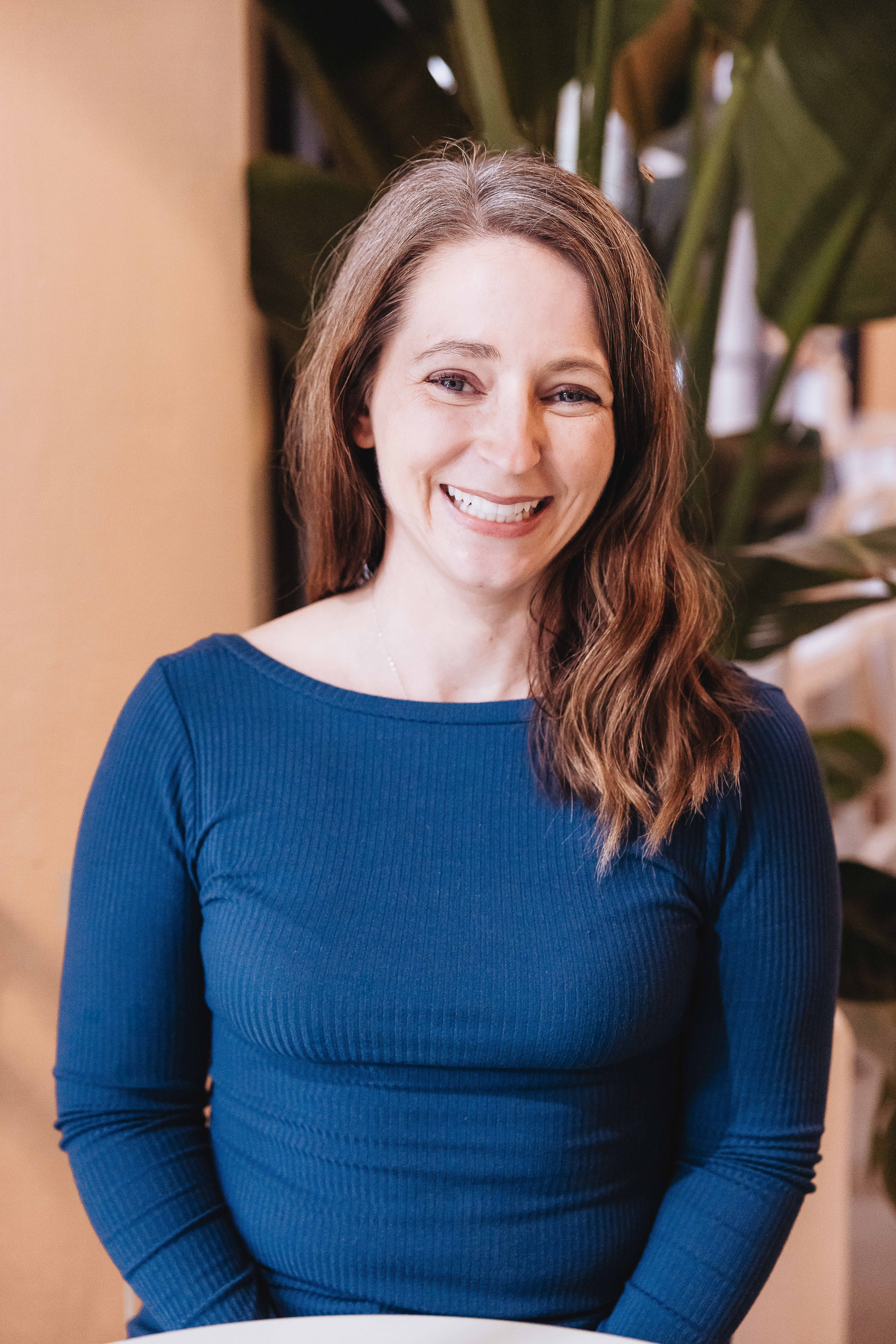
Abstract
This talk will focus on the intersection between policies to decarbonize our energy system and efforts to ensure a just transition for fossil-fuel workers and dependent communities. One opportunity that has emerged is the potential to repower retiring coal power plants with small, modular nuclear reactors. Such projects could leverage existing infrastructure and workforce. I will explore some of first coal-to-nuclear projects underway, along with state and federal policies to aid such efforts.
Bio
Jessica Lovering is the co-founder and Executive Director of Good Energy Collective, a new organization building the progressive case for nuclear energy as an essential part of the broader climate change agenda and working to align the clean energy space with environmental justice and sustainability goals. She completed her PhD in Engineering and Public Policy at Carnegie Mellon University. Her dissertation focused on how commercial nuclear trade affects international security standards and how very small nuclear reactors could be deployed at the community level. She is a Fellow with the Energy for Growth Hub, looking at how advanced nuclear can be deployed in sub-Saharan Africa, and a Senior Visiting Fellow with the Fastest Path to Zero Initiative at the University of Michigan.

